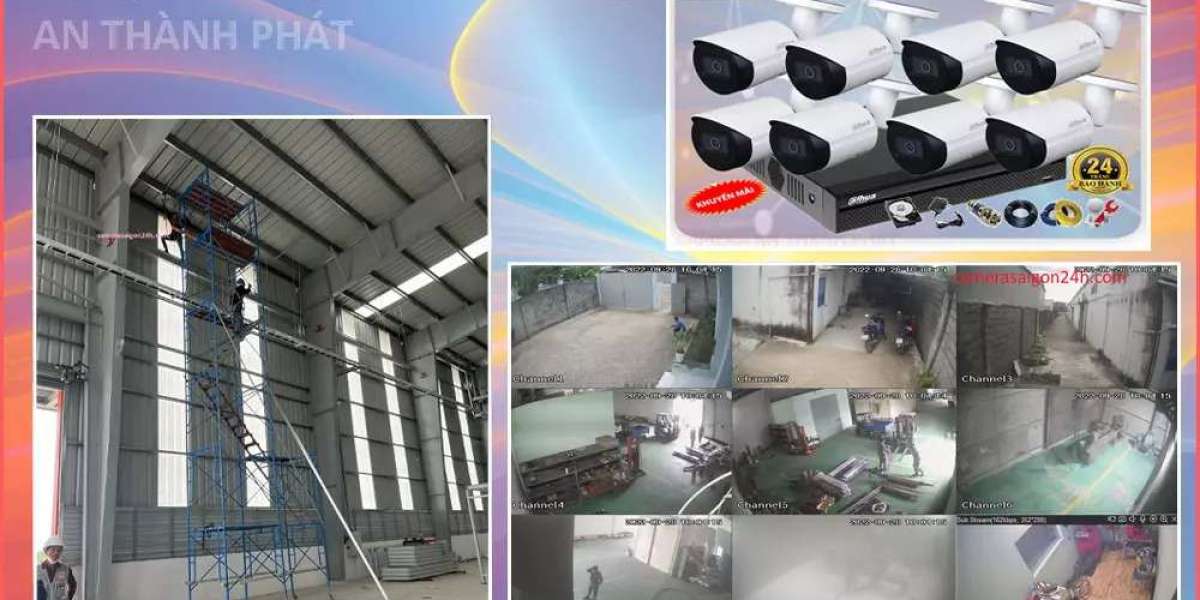In today's digital landscape, where mobile devices are central to online experiences, delivering a seamless app performance across various devices is essential. At AquSag Technologies, we've fine-tuned our approach to mobile app testing, addressing the challenges posed by the multitude of devices and operating systems. Here's a look at the strategies that drive our success in mastering mobile app testing in this diverse ecosystem.
The Evolving Mobile App Testing Environment
The mobile app industry is defined by several factors:
Device Fragmentation: The market is flooded with countless device models, each with different specifications.
OS Diversity: Multiple versions of Android and iOS are in use simultaneously.
Screen Variability: A broad spectrum of screen sizes and resolutions.
Network Diversity: Connectivity ranging from 5G to slower networks like 2G.
Key Pillars of Mobile App Testing
Functional Testing
Objective: Ensure that every feature of the app operates as intended across all devices.
Approach: Develop detailed test cases that cover the entire functionality of the app, utilizing both manual and automated testing methods to focus on critical features and user flows.
UI/UX Testing
Objective: Guarantee a consistent and engaging user experience on all devices.
Approach: Conduct tests across different screen sizes and resolutions, ensuring that responsive design elements work properly, and that touch gestures and interactions are seamless.
Performance Testing
Objective: Maintain smooth app performance under varying conditions.
Approach: Evaluate app launch times, response rates, and resource usage, while simulating different network scenarios and monitoring battery consumption and device temperature.
Compatibility Testing
Objective: Verify that the app functions correctly on a variety of OS versions and devices.
Approach: Employ a mix of real devices, emulators, and cloud-based device farms to cover a wide range of devices and prioritize the most popular combinations of device and OS.
Security Testing
Objective: Safeguard user data and ensure the integrity of the app.
Approach: Perform penetration testing, ensure secure data storage and transmission, and address common mobile vulnerabilities like those listed in the OWASP Mobile Top 10.
Localization Testing
Objective: Ensure the app operates smoothly in different regions and languages.
Approach: Test the app with various language settings and regional formats, verifying the accuracy of translated content and cultural appropriateness.
Interruption Testing
Objective: Confirm that the app responds correctly to interruptions (such as calls or messages).
Approach: Simulate different types of interruptions and verify the app's ability to retain its state and recover properly.
AquSag Technologies’ Mobile App Testing Methodology
At AquSag Technologies, our mobile app testing framework is comprehensive and tailored to the needs of modern app development:
Device Coverage Strategy: We achieve broad coverage through a combination of real devices, emulators, and cloud-based device farms.
Automated Testing Integration: Tools like Appium and Espresso allow us to automate functional and UI testing efficiently.
Continuous Testing Pipeline: Our integration with CI/CD ensures that testing occurs with every code update.
Real-World Scenario Testing: We replicate real-world conditions, including varying network speeds and potential interruptions.
Beta Testing Programs: These programs enable us to gather valuable user feedback before an app's public launch.
Performance Benchmarking: We measure performance against industry standards, ensuring high-quality outcomes.
Accessibility Compliance: We ensure that our apps comply with accessibility standards (such as WCAG), providing an inclusive user experience.
Tools and Technologies at Our Disposal
Appium: For cross-platform automated testing.
Firebase Test Lab: To test on a wide array of devices and OS versions.
Charles Proxy: For testing and manipulating network traffic.
Crashlytics: For real-time crash reporting and analysis.
OWASP ZAP: For thorough security testing.
Xcode and Android Studio: For platform-specific testing and debugging.
Case Study: Overcoming Compatibility Challenges
We recently collaborated with a fitness app startup experiencing compatibility issues:
Challenge: The app was crashing on specific Android devices and had inconsistent UI elements across various iOS versions.
Solution: By employing a comprehensive testing strategy using real devices and cloud-based platforms, we resolved these issues.
Result:
Achieved 99% crash-free sessions across all supported devices.
Reduced UI-related bug reports by 40%.
Maintained a 4.5+ star rating on both the App Store and Google Play.
Best Practices for Effective Mobile App Testing
Prioritize Devices: Focus on the most popular devices and OS versions within your target market.
Smart Automation: Automate repetitive tests while preserving manual testing for user experience.
Test on Real Networks: Simulate actual network conditions rather than relying solely on emulations.
Monitor Post-Launch: Use analytics and crash reporting tools to identify and address issues after release.
Stay Updated: Keep your testing protocols current with the latest OS updates and device releases.
In a world where mobile diversity is the norm, comprehensive testing is not just a recommendation—it’s essential for app success. By adopting robust mobile app testing strategies, you can deliver a consistent and high-quality experience to all users, regardless of their device or platform.
Looking to elevate your mobile app testing process? Connect with AquSag Technologies today to learn how our testing services can enhance your app's performance and user satisfaction.
See more service:
https://aqusag.com/api-testing
https://aqusag.com/android-app-testing
https://aqusag.com/ios-app-testing
https://aqusag.com/iot-app-development-services
https://aqusag.com/app-development-services









